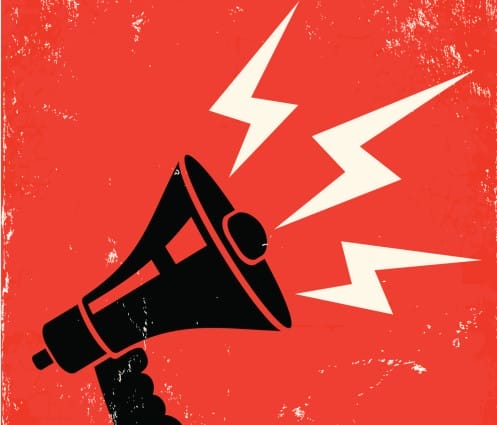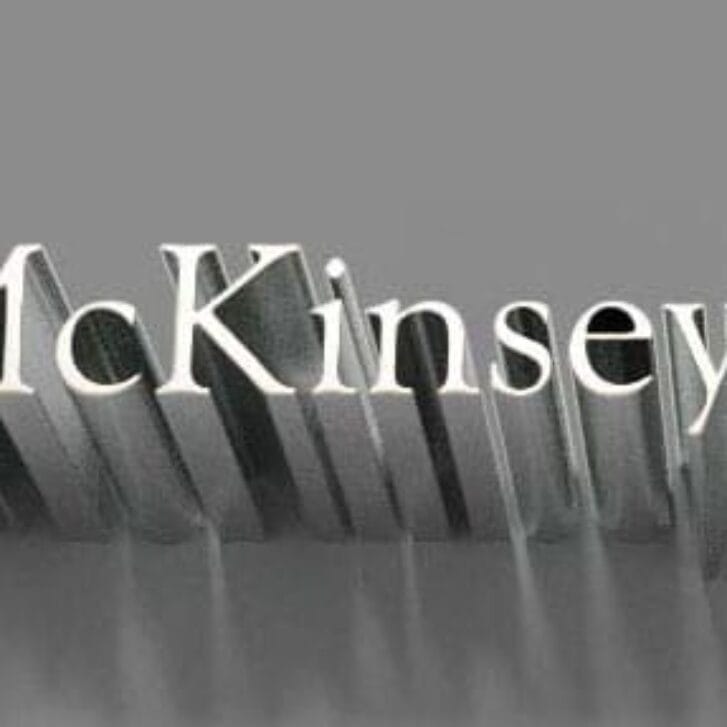One of the main strategies we used in 2004 when we started Minimus.biz, our e-commerce site for travel-sized items, was to get our name out there fast and inexpensively through public relations. We did it all ourselves and were able to garner mentions in more than 50 national media outlets within the first year. Twice we tried to outsource the job to a boutique PR firm, with a three-month engagement at $3,000 to $4,000 a month. With both, there was not a single mention earned. I became a believer in the do-it-yourself PR method.
We originally used some paid services like PR Newswire’s Media Atlas and their ProfNet service, and then we tried MyMediaInfo. These services posted inquiries from reporters that we could respond to with pitches and the services provided up-to-date databases of media contacts and the topics they cover, allowing us to create press release distribution lists.
These days, we find ourselves primarily using one of several free services to get daily inquiries from reporters to pitch our stories. The most useful is Help a Reporter Out (HARO). They send out a few emails a day that contain several dozen story needs from journalists across a variety of topics.
(A leading press release distribution company admitted to me that classic releases are really just used for search engine optimization (SEO), so that releases get auto-posted on a lot of websites that provide links back to your website.)
Beyond using a service like HARO, a worthwhile method of getting useful PR is to find specific journalists who cover what you do and build relationships with them. This can be done by emailing them about a story of theirs that you read, dropping a line about what you are up to, sending them a referral from something unrelated to you that might help them with a story, joining an industry-related organization, connecting with them through social media or even meeting them at a trade show.
Remember these tips when corresponding with a journalist:
• Be short and to the point.
• Put yourself in an unbiased reader’s shoes and make sure you provide the journalist with enough of a “hook” that would be of interest to a reader. Recognize that your passion for your business or product isn’t going to magically connect with a reader in the same way.
• Instead of talking about what your product does, focus on what the product can do for them and make that “solution” to the end user be the lead-in for the pitch.
The enemy of every entrepreneur is time. You want to make sure that the time you put into your PR effort has a return. When we wanted as many mentions as we could garner to broaden SEO, spread the news by word of mouth and build trust in our site, every blogger was important. As time went on, we learned what types of media outlets generated the best return. A sentence with a hyperlink in a highly targeted online media outlet can be more effective than being on a national television show. People can click right over to your site from the website, but they have to be at a computer or remember who you were from the brief segment on the TV broadcast.
You’ll want to find some tools to reach journalists, and always be aware of creating your hook. Study the results to understand what works for your business and then cultivate the relationships that you make.


























